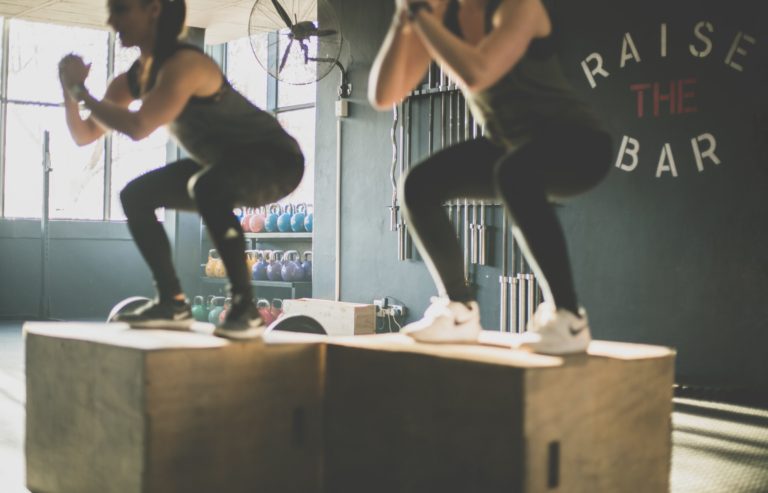Master the Basics - HIIT

HIIT has been in the top 4 fitness trends since hitting pole position in 2014. Now I’m pretty sure I don’t need to explain what HIIT is, so instead, I want to talk about why maybe there are some issues with this trend.
So HIIT is, of course, a form of training using short bouts of very hard activity followed by rest periods and repeated bouts. I just did a quick Google into some of the benefits of HIIT from popular blogs:
- It burns a lot of calories, so it is good for fat loss
- Burns calories after you have trained through EPOC to aid fat loss
- Improve oxygen consumption
- Improves aerobic and anaerobic performance
- Improve the mitochondrial density
- Increases muscle mass
- Can reduce heart rate and blood pressure
- Reduce blood sugar levels
- It’s fun
- Keeps people engaged in activity
- Doesn’t require much equipment
- It’s quick
Let’s go through the above points.
- Points 1 & 2 are frustrating. Losing fat or weight without nutritional intervention is borderline impossible. Exercise alone is a poor modality for weight loss and this is arguably the most misleading aspect of exercise as a whole.
- Points 3-5 are correct. However, the methods used in the research to see the impressive levels achieved are usually always cycling and running sprints. These activities are a single method and low(ish) skill. Doing bodyweight HIIT or using exercises like Kettle Bell swings and box jumps is too high a skill to create these effects. Also, the methods are always very short, total session times are usually around 4-11 mins. The 20-30min HIIT sessions seen on social media and in gyms are simply too long to be actual HIIT.
- Point 6 is only correct for totally sedentary people, and then I’d argue that doing HIIT is more likely to cause injury than build muscle. If you want to build muscle, you need to go and lift weights.
- Points 7 & 8 are valid, but these are true of any exercise and are certainly not exclusive to HIIT
- Points 9-12 are all 100% bang on, and I’m not going to argue with them.
The point of including HIIT in my Master the Basics series is to point out that there is a lot of misinformation about the topic. I’m by no means saying not to do it, but I would recommend limiting how often you do it to 1-2 times per week. Think of HIIT as the last part of the puzzle. The biggest parts are nutrition and sleep. After this you should prioritise how much you move daily (NEAT), then resistance training and cardio training in zone 2-4 (check out my Master the Basics post about CARDIO). Then if you have that in place, maybe add some HIIT as the cherry on the top.
Final note: training hard does help some people adhere to better nutrition, and for that, I appreciate that HIIT has its place. Just be mindful that hard training is often met with an increase in hunger, so it’s a delicate balance if you use HITT to aid your nutritional choices.
Stay tuned next week for another instalment of Master the Basics and don’t forget to follow me on Instagram where I share exercise techniques, and show you how to maximise your training. I hope you enjoyed this blog post, if you have any questions I host a weekly Sunday Q&A session on my Instagram channel. Otherwise, please feel free to email me at andy@andyvincentpt.com.
If you want to get in touch and see how I can help your fitness and become your Online Personal Trainer, click here.


